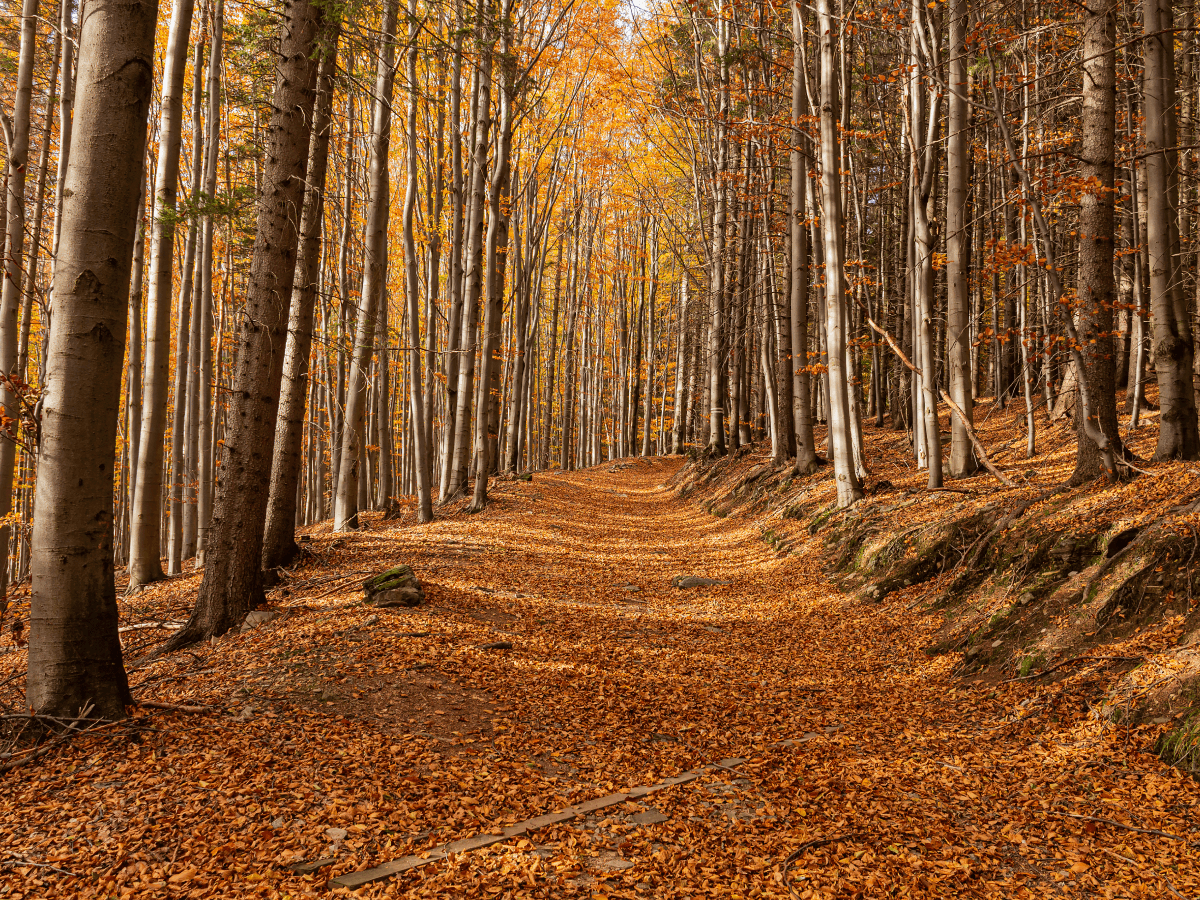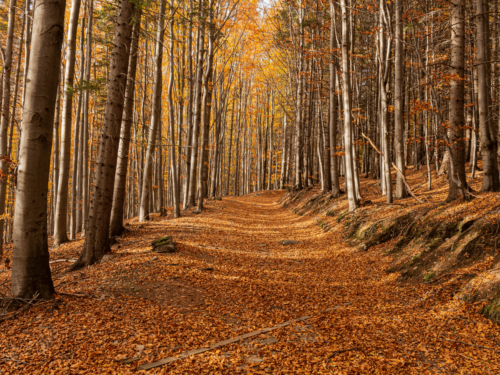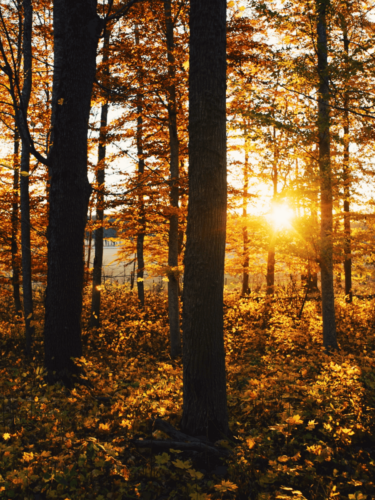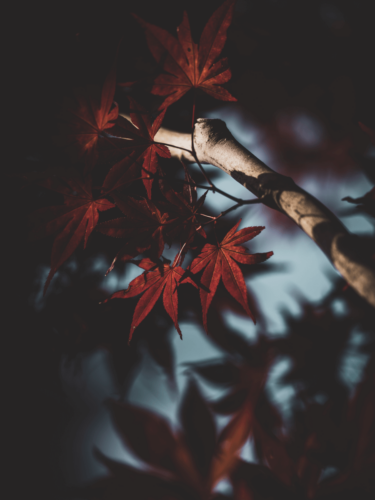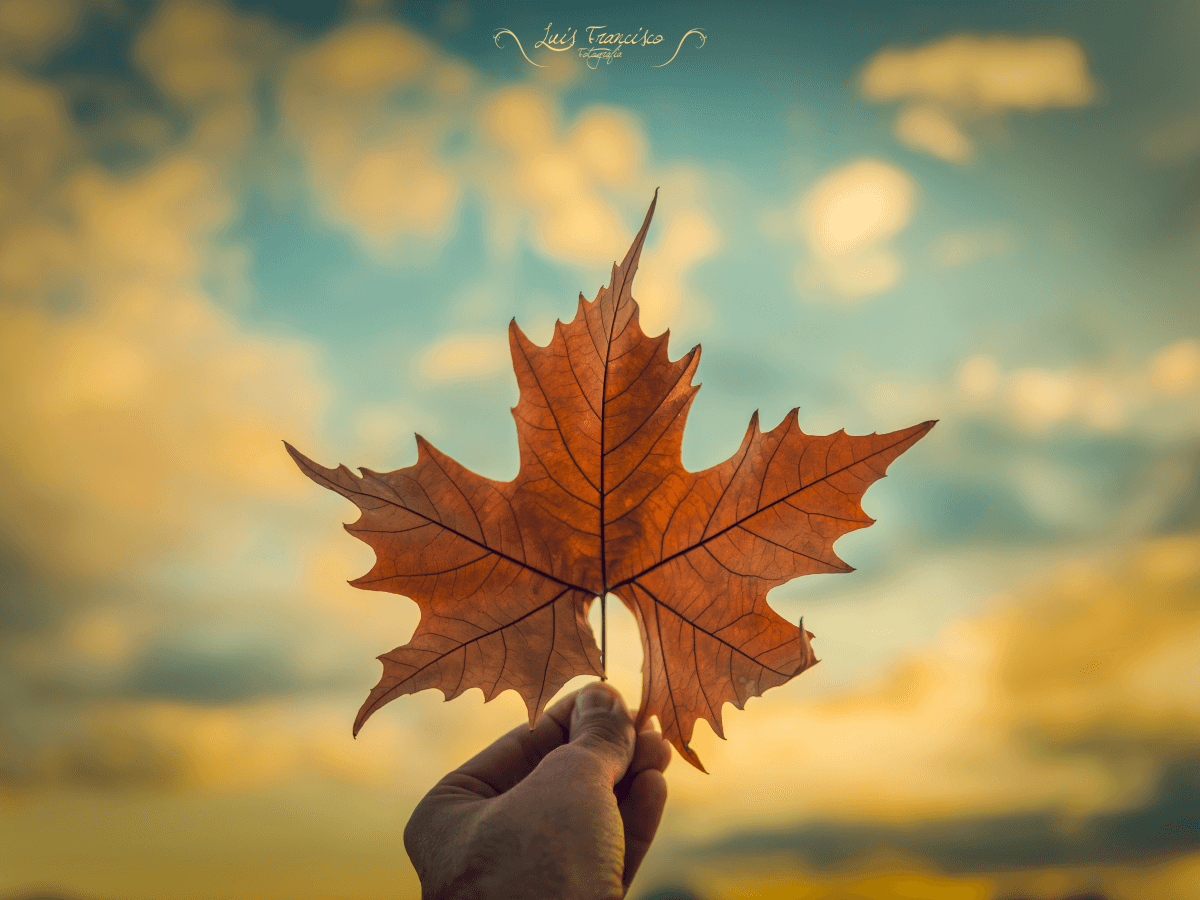Fall transforms forests into dreamlike scenes filled with colour, texture, and atmosphere. For photographers, it’s the perfect season to refine your compositional skills while soaking in nature’s vibrant display. Capturing autumn in the woods requires more than just pointing your camera at pretty leaves, it’s about framing nature in ways that tell a story, evoke emotion, and guide the viewer’s eye.
Framing for Impact When Capturing Autumn in the Woods
Strong composition begins with awareness of the elements in your frame. Think of the woods not just as a background, but as an active participant in your image.
- Use tree trunks to create natural frames for your subject.
- Look for paths or leading lines like fallen logs or trails to draw the eye inward.
- Incorporate negative space like fog, sky, or open glades, for balance.
The key to capturing autumn in the woods is slowing down. Take time to explore different perspectives and experiment with foreground elements like branches or mushrooms to add depth.
Light and Colour: Essentials for Capturing Autumn in the Woods
Golden hour in a forest creates magical lighting conditions, soft beams, filtered shadows, and warm tones. Use this to your advantage by:
- Backlighting leaves to make their colours glow.
- Capturing contrast between sunlit and shaded areas to add dimension.
- Shooting during early morning mist for atmosphere and mood.
Keep an eye on how light plays through branches, and remember: you don’t always need sunshine. Overcast days help saturate colour and reduce harsh shadows, making them perfect for leaf detail shots.
Composition Tips to Elevate Your Autumn Forest Photos
To move beyond snapshots, consider these proven composition techniques:
- Rule of Thirds: Place key subjects—like a lone tree or person—off-center for a more dynamic feel.
- Layering: Include foreground, middle, and background elements to create visual depth.
- Symmetry and Balance: Look for reflections in puddles or evenly spaced trees to create pleasing symmetry.
Bonus tip: look up! Shooting from a low angle toward the canopy can yield dramatic images full of shape and repetition.
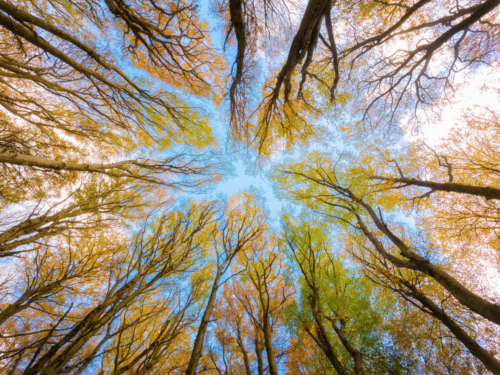
Don’t Overlook the Details
While wide-angle forest shots are striking, zooming in on details like bark textures, leaf veins, or fallen acorns tells a quieter story. These images help round out a series and capture the sensory experience of walking through the woods in fall.
Exteded reading: Enhancing Your Storytelling with Strong Compositional Techniques

